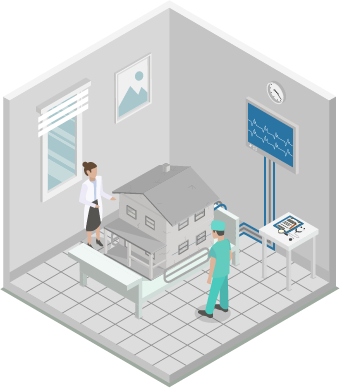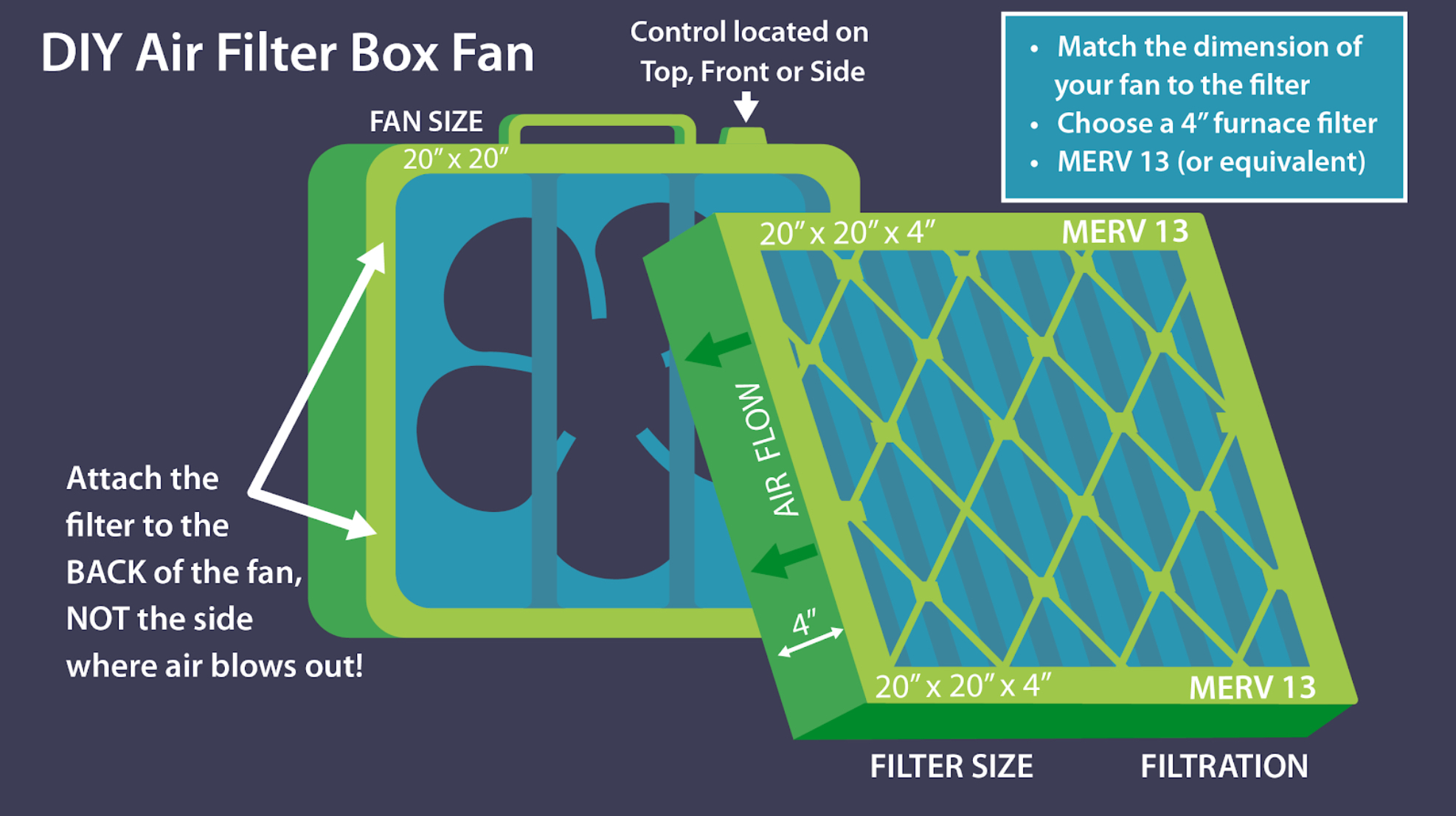Radon is a colorless, tasteless and odorless gas that is the second leading cause of lung cancer in the United States, after smoking/vaping. Radon forms naturally as granite breaks down to ultimately form radium which turns into radon gas and can enter a home primarily through cracks in concrete foundations (slab or basement floors) or crawlspaces.
When radon is inhaled it can breakdown and release radioactive byproducts that can damage the cells of the lungs and cause lung cancer. Because radon comes from granite below the soil it can be found anywhere and cannot be completely eliminated outdoors. Since homes work like chimneys and pull radon gas indoors where it can concentrate to hazardous levels, it is important to keep as much radon out as possible and monitor what does get in.
While some homes have a higher likelihood of radon based on their location, ALL homes have some risk for radon exposure, so every home should be tested. Radon testing is easy and inexpensive.
Radon gas is measured in picocuries per liter (pCi/L) of air. The EPA recommends taking action to reduce radon if the result is 4.0 pCi/L or greater and to consider similar actions when the radon level is between 2 and 4.0 pCi/L. The ultimate goal is to get your radon level to the lowest level possible.
There are two types of DIY radon test kits:
- Short-term tests (2-7 days) are fast but less accurate. This is typically used in real estate transactions. The home must be “sealed” all windows and doors closed (except normal in/out of the home). The kit must be on the lowest inhabitable area (i.e. the basement, even if not currently used) and in a location where it will not be disturbed. Follow the test directions and other official guidance to prevent problems that can affect the testing. Typically in a matter of weeks, you will be notified of the radon level in your home.
- Long-term tests (90+ days) tend to be more accurate as they collect more data. The windows and doors do not need to be closed for a long-term test. They take at least three months and measure long-term averages. If you don’t want to wait for a long-term test, short-term tests can indicate if your home has a problem and requires follow-up testing.
It is important to note that results can be higher in the winter due to the temperature difference between inside the home and outside. Warm houses can pull more radon gases into the home.
In general, short-term test levels above 10 pCi/L or long-term test levels above 4 pCi/L means mitigation is recommended. If your short-term test is between 4-10 pCi/L, a long-term test is recommended.
If you prefer, hire a certified radon-testing professional. The best way to find a certified professional is to contact your state radon program. EPA has an interactive map with contact information.
There are several ways to protect you and your family from the dangers of radon gas.
If you have an existing home with elevated levels of radon, you can fix the problem by having a radon mitigation system installed. Generally, a radon mitigation system consists of a negative pressure system below the foundation or sealing the crawlspace floor. This system collects radon gas from underneath the foundation or crawlspace and vents it to the outside of your home with a special fan. If you need to have a radon mitigation system installed, it is best to contact a certified radon mitigation professional to do the installation. A list of certified professionals can usually be obtained by contacting your state radon program. Remember to test after the system is installed and check that the system regularly is operating.
If you are building a new home, ask your contractor to install radon-resistant features. These features include gravel and plastic sheeting below the foundation, along with proper sealing of cracks and the installation of a vent pipe. Once the radon-resistant features have been installed and the home is completely built, make sure to perform a radon test, as the levels could still be elevated. If the radon levels are still elevated, a radon fan should be added to the system to lower the radon level.
If you already have an existing active sub-slab suction or depressurization fan-assisted radon mitigation system (typically installed in homes with a concrete foundation or crawlspace), make sure it is properly installed and in good working order with our checklist:
- All systems must have an “U” shaped fan pressure manometer that indicates the radon exhaust fan is operating and the system is under negative pressure. This device should be easily accessible and visible.
- The fan can be installed outside or in the attic. It should not be installed in the house, basement or crawlspace.
- The exhaust from the fan should exhaust above the roof (preferred) or at least 10 feet from any operable window or vent opening.
- The exhaust pipe should be a 3 inch PVC plumbing pipe. Indoors or outside the exhaust should be labeled “RADON SYSTEM.” If installed outside gutter pipe is also acceptable. The pipe or gutter system should be secured to the house.
- The fan must be rated to outside use, these are special fans for radon systems. The fan should have an outlet and plugged in near the unit and should be a dedicated circuit. The fan must operate 24/7.
If you have a crawlspace the covering on the crawlspace floor must be sealed at the perimeter of the crawlspace walls, all structural posts and supports and any other installations like a sump-pump. The plastic must be sealed at the radon exhaust pipe. The seams in the plastic sheets on the crawlspace floor must be sealed. The purpose of the crawlspace floor covering to capture the radon so it can be exhausted outside.
If you have concrete slab or basement: this system may be behind finished walls, but there should be an access panel where the radon exhaust pipe goes below the concrete slab. This area should be sealed, with no gaps or separation in the pipe and the concrete. Any visible cracks in the concrete slab should be sealed with a concrete sealant.
For more information on radon, visit:
EPA: Consumer’s Guide to Radon Reduction
American Lung Association: National Radon Action Plan
For more tips on keeping your home healthy, get your free Hayward Score today!
Hayward Score helps you discover how your home may be impacting your health in minutes – – for FREE!
Answer a quick set of questions then get a personalized list of action items. Transform your home and health today!

ARE YOU CONCERNED YOUR HOME IS MAKING YOU SICK?
Our guide on indoor quality will help you diagnose possible issues and implement intelligent solutions to improve the quality of the air inside your home.















